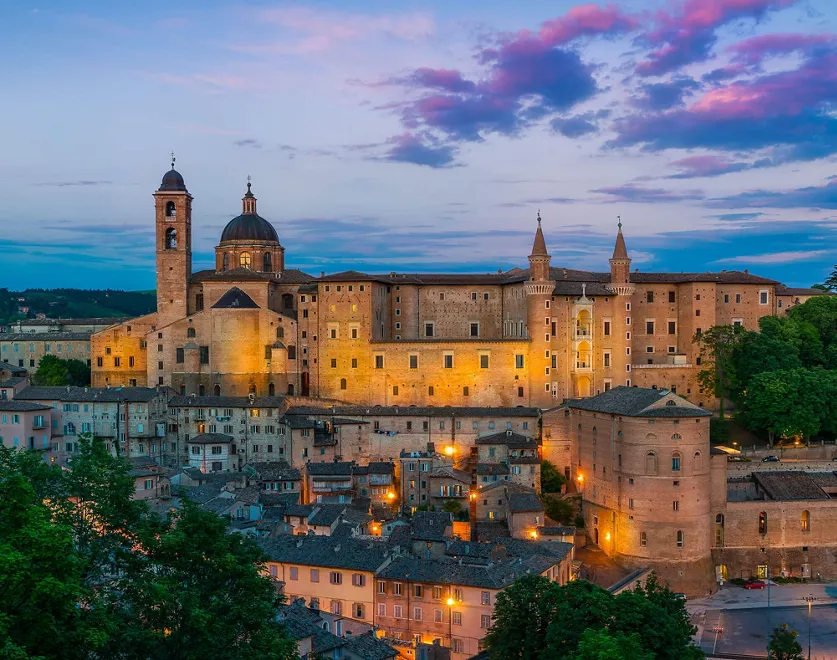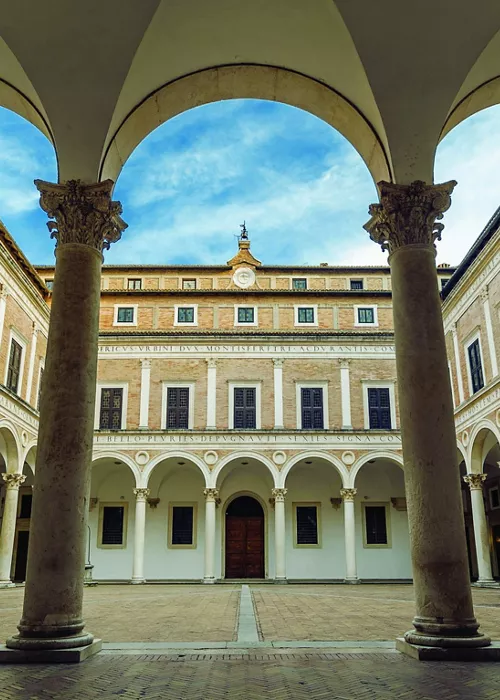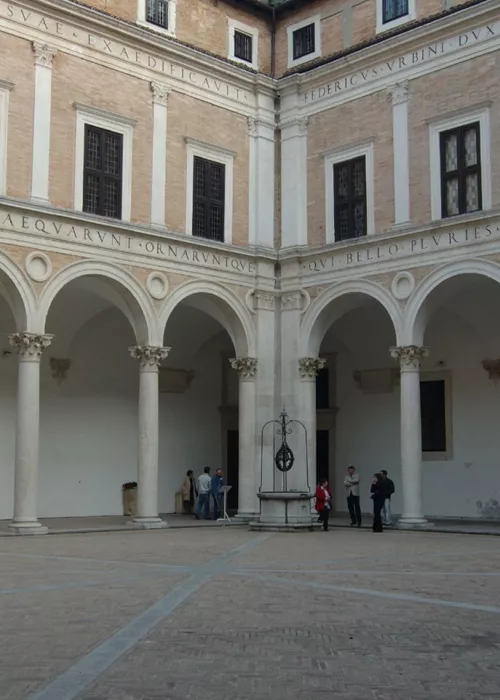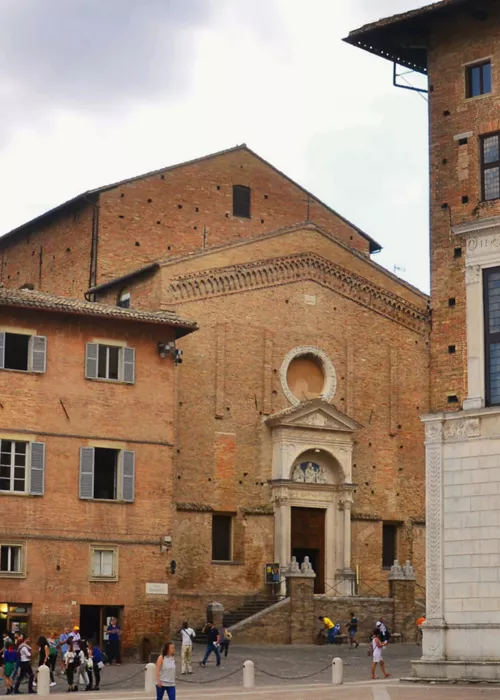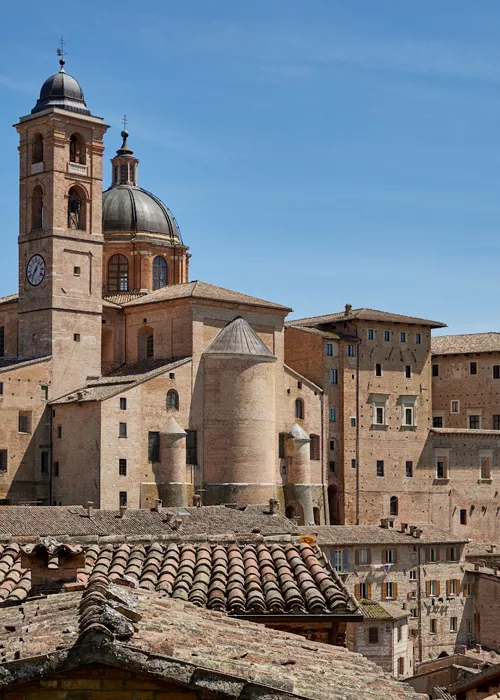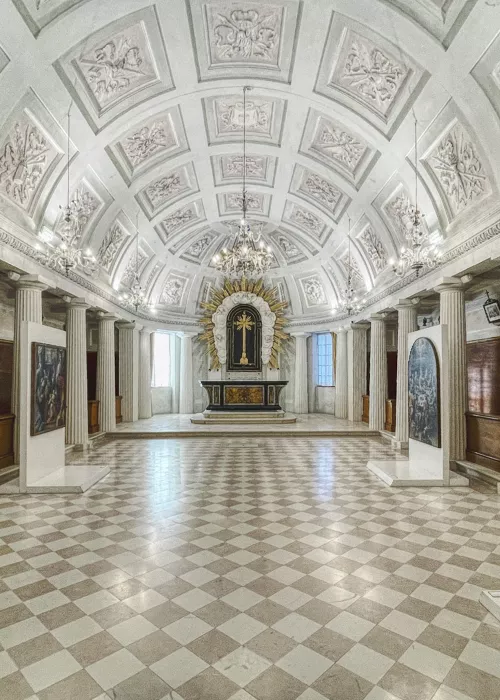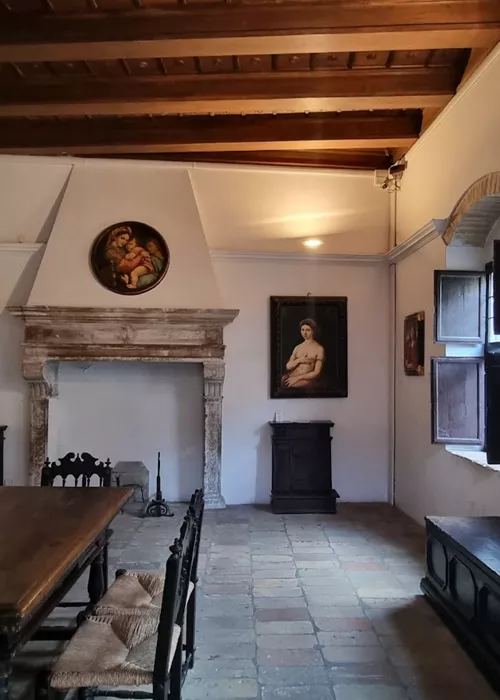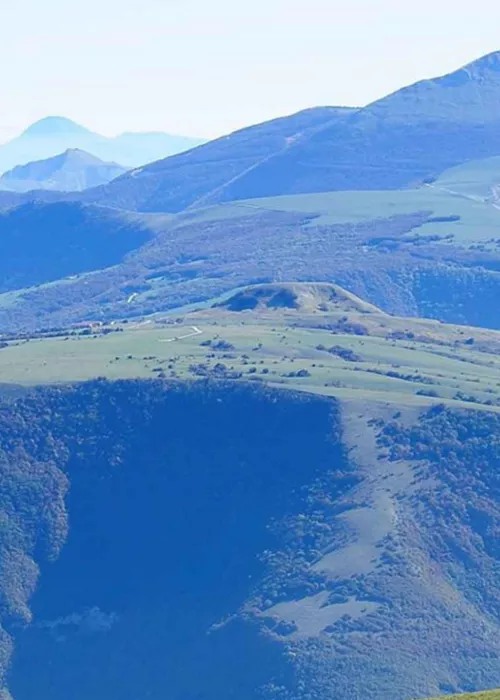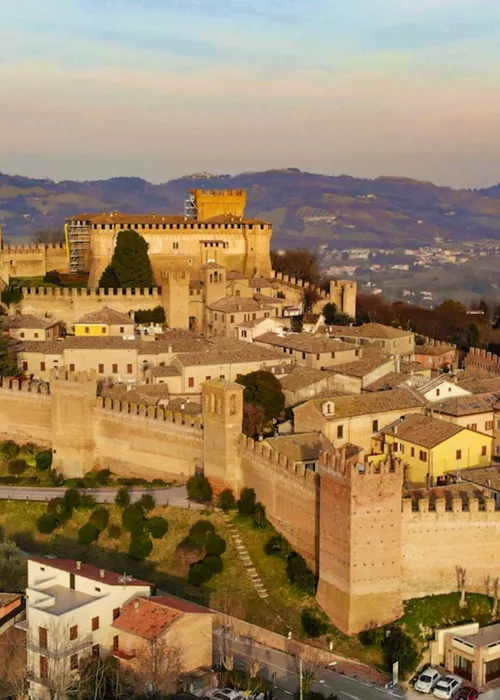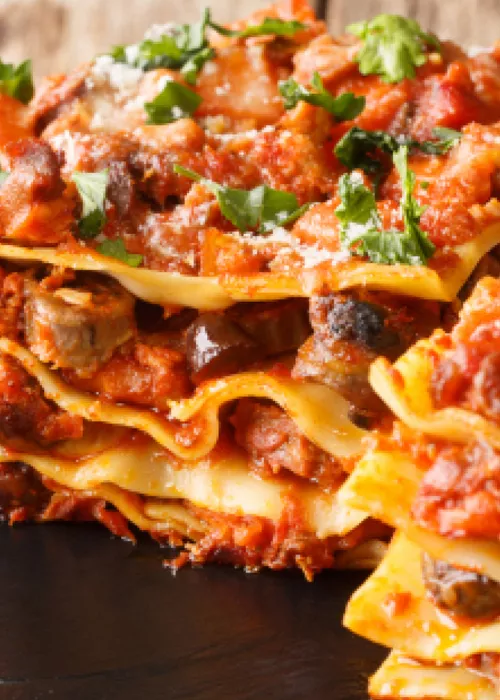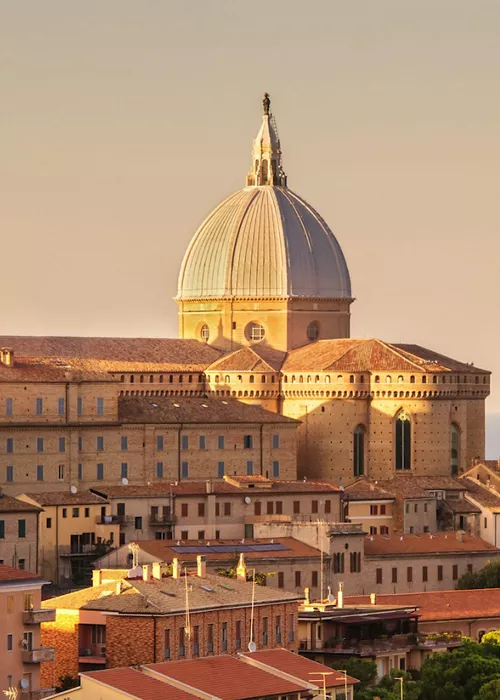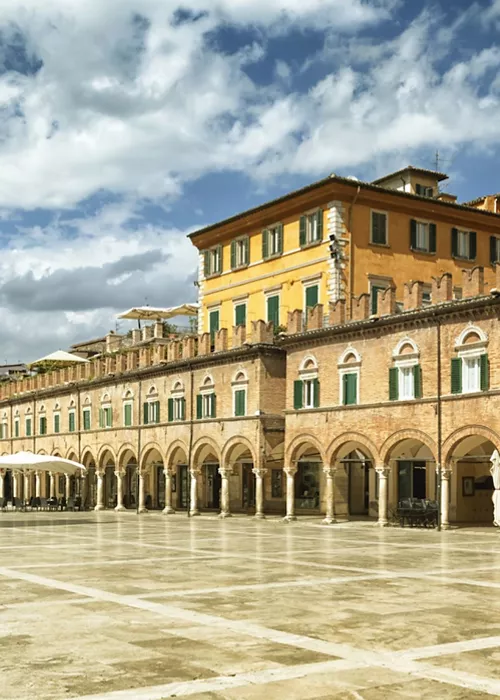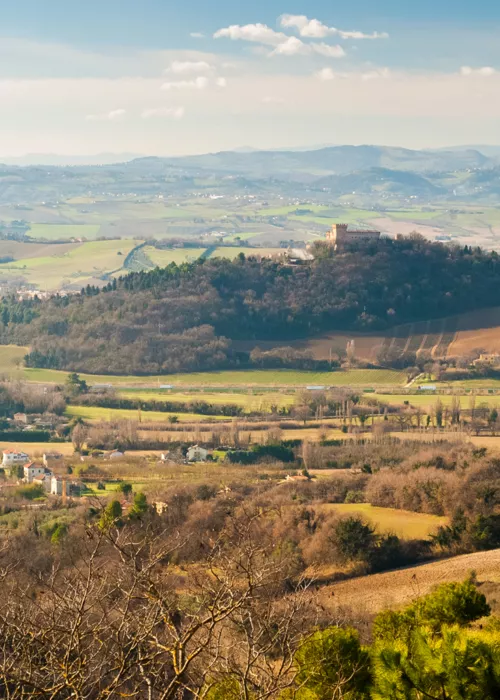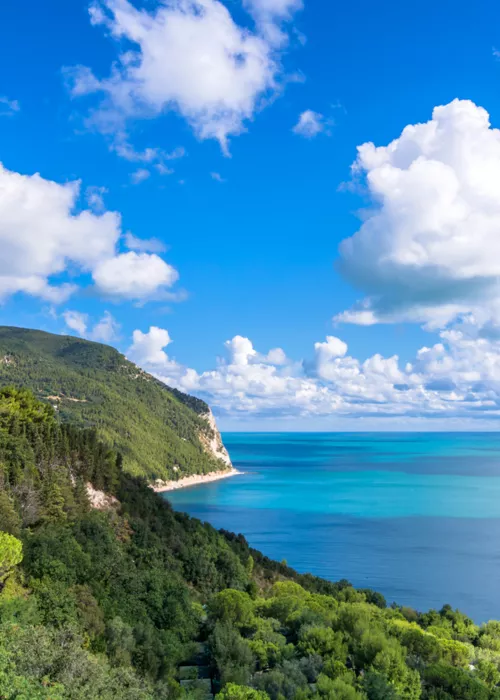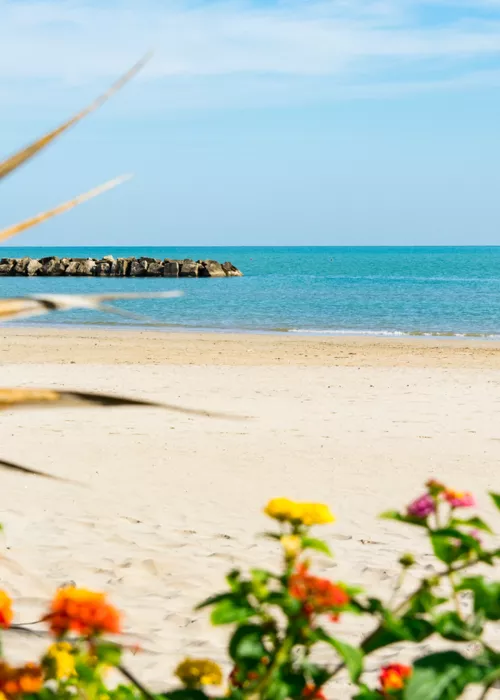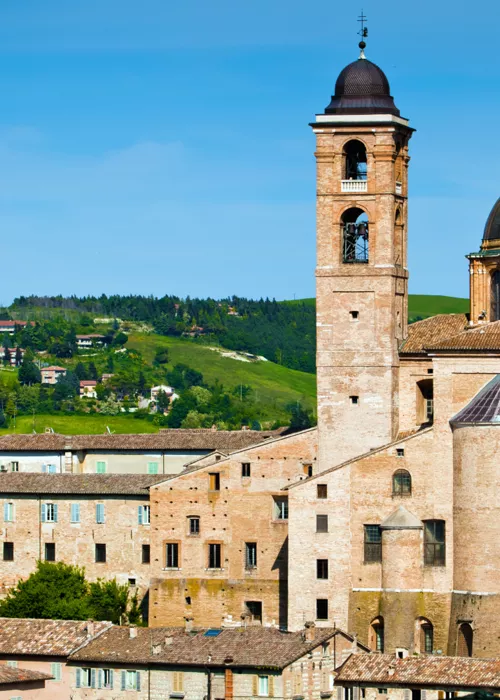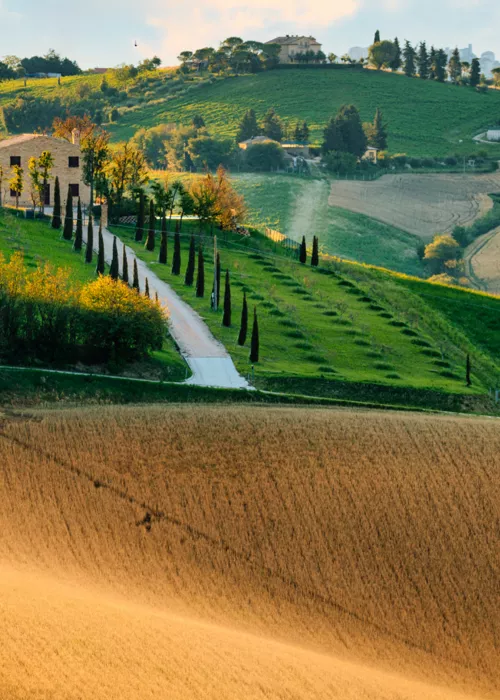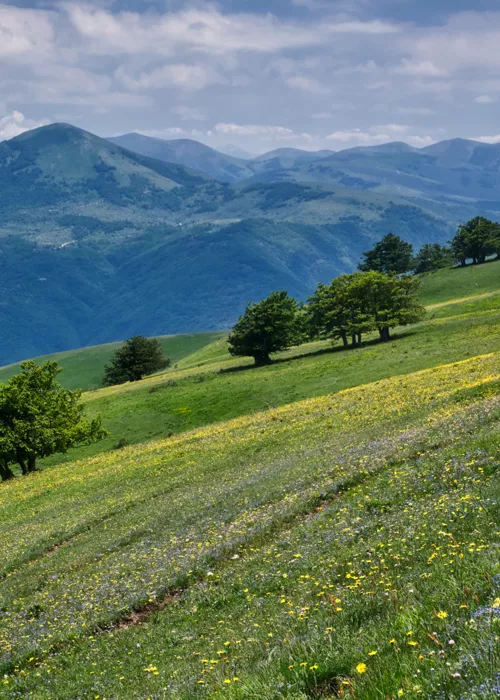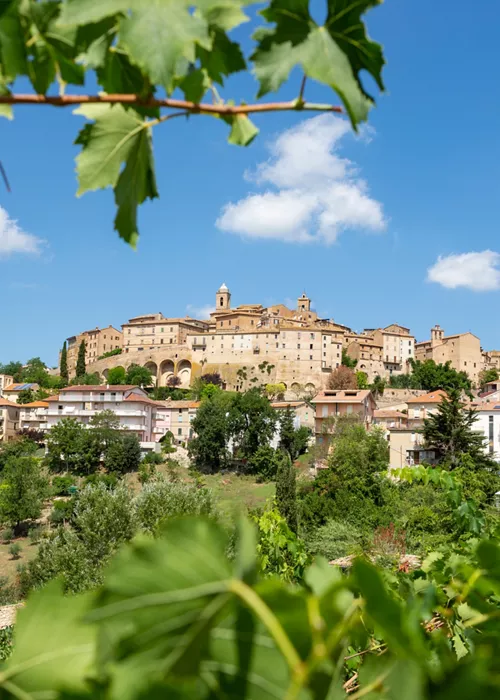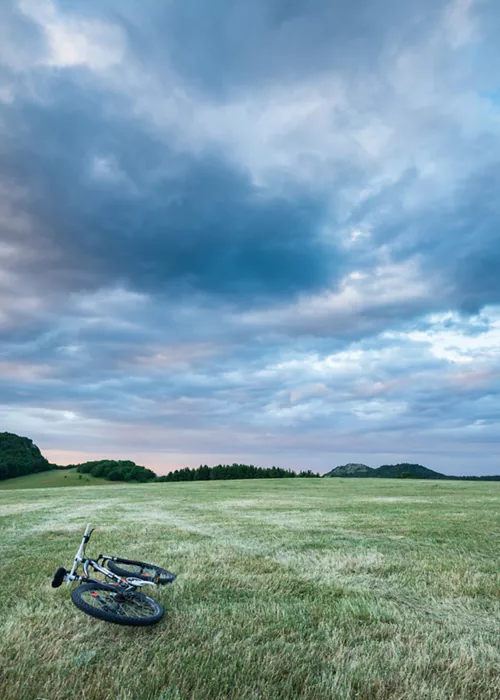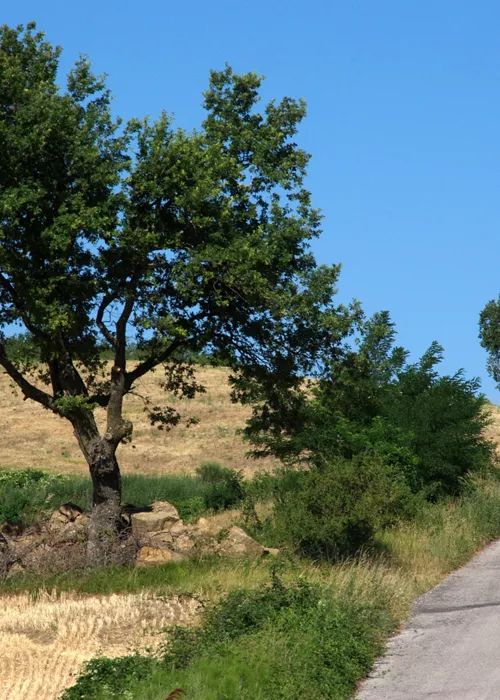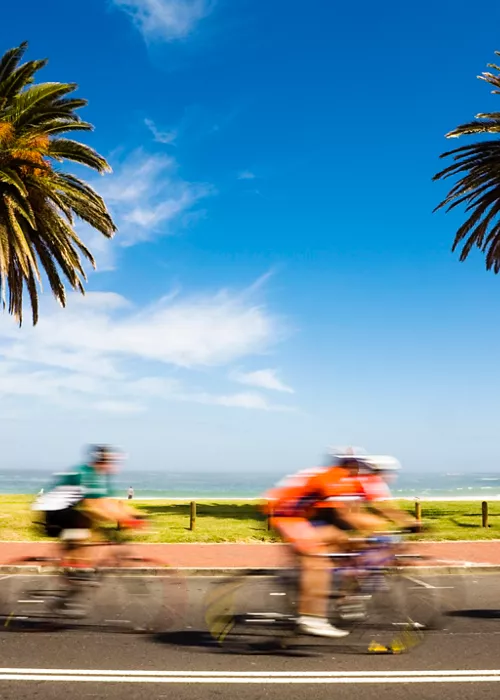Urbino The Historic Center
4 minutes
Between the Metauro valley and the Foglia valley, in the hills of the Marche region facing the Adriatic Sea, lies the city of Urbino, one of the most important centres of the Italian Renaissance, whose artistic charm and architectural heritage are still preserved today.
Embellished with sandstone buildings and surrounded by a long wall of brickwork, Urbino is a city of vast historical and artistic wealth. From a simple village, it became the “cradle of the Renaissance” and, even today, walking through its historical centre you can breathe in the 15th-century air.
In 1998, Urbino was honourably included in the UNESCO World Heritage List for being a point of attraction for the most illustrious Renaissance scholars and artists from all over Italy and the world, and for having influenced cultural progress in the rest of Europe, while managing to keep its exceptional urban complex almost intact.
The history and magic of Urbino
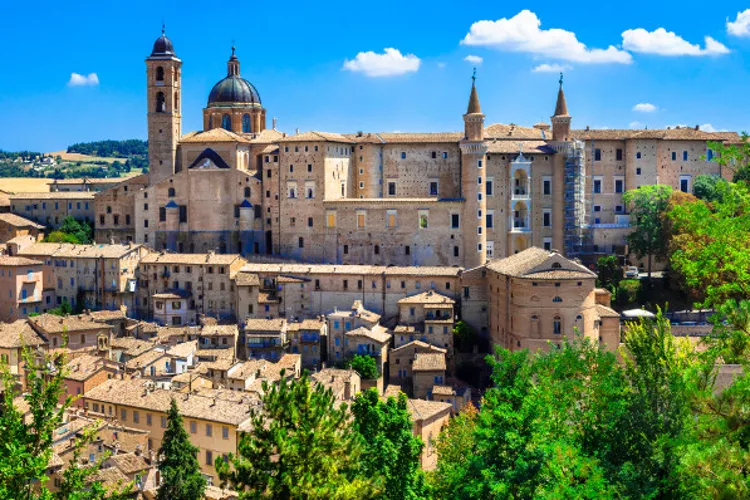
The history of Urbino has its roots in Roman times, when, due to its important strategic position, it was provided with solid walls and became a fortified city. Urbino's heyday, however, came in the 15th century, thanks to Federico da Montefeltro.
In those golden years Urbino acquired the monumental and artistic excellence that allowed it to extend its influence to the rest of Europe. The city became a magnificent princely court, hosting the best that Italian Renaissance humanist culture had to offer at that time: Piero della Francesca, Luciano Laurana, Leon Battista Alberti and Giovanni Santi, father of Raphael.
Urbino's last great season of artistic and cultural splendour was due to Clement XI, who financed renovations to a number of palaces, churches and monasteries in the city immediately after his election to the papal throne in 1701.
What to see in Urbino: 9 must-see places
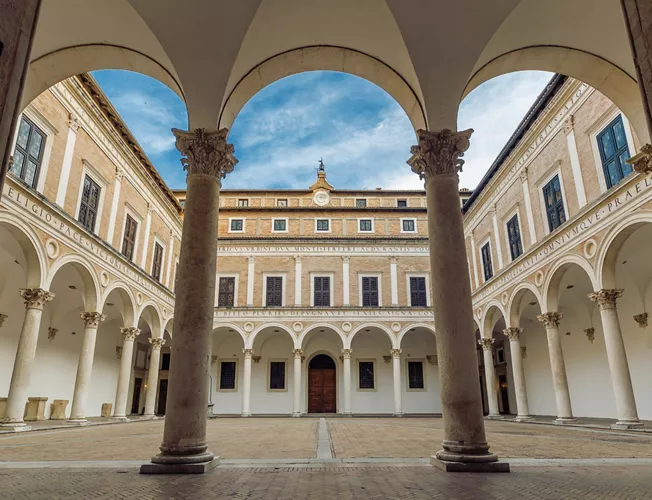
The unmissable places in Urbino are linked to the city's periods of maximum splendour. The historic centre is just over one square kilometre in size and can be explored on foot in search of things to see and admire, including monuments and works of art.
The majestic Ducal Palace is a masterpiece of Renaissance art which houses the National Gallery of Marche and the Museo Archeologico Lapidario. Not far, in the Piazza Duca Federico from which the Palazzo is accessed, stands the Dome of Urbino, dedicated to Santa Maria Assunta and entirely rebuilt after the earthquake in 1789.
The Oratory of the Santissimo Crocifisso della Grotta, also known as the Oratory of the Grotto, is hidden beneath the Cathedral of Urbino. It consists of four chapels built between the 16th and 17th centuries. Inside the Chapel of the Resurrection is a marble Pietà sculpted by Giovanni Bandini in 1597.
Raphael's birth house is home to the museum that houses paintings and panels by the artist and his father Giovanni Santi. Not far from Casa Santi is the Albornoz Fortress, built in the second half of the 14th century with a defensive function on the highest point of the city.
The Church of San Bernardino, just outside the historical centre of Urbino, was commissioned by Federico da Montefeltro as a place for his and his son Guidobaldo's burial. Baroque marble sarcophagi are still near the entrance.
3 ideas on what to do in Urbino
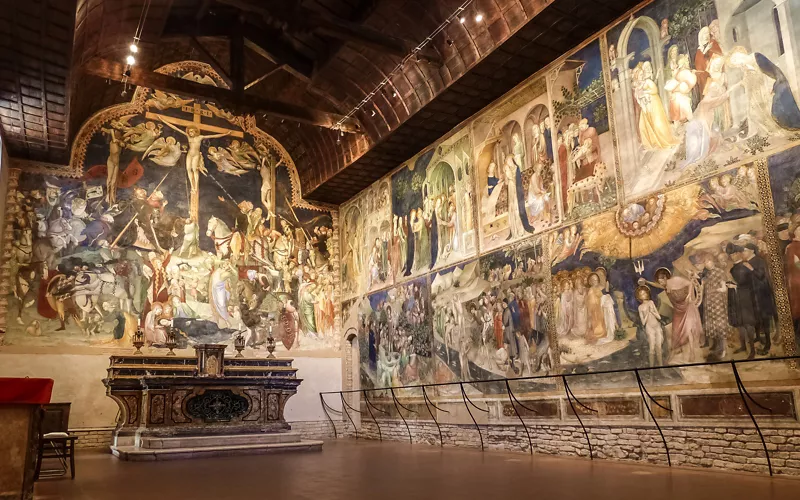
The small historic centre of Urbino is full of things to do and getting from one place to another usually takes only a few minutes, although the wonderful views will force you to stop and take a few photos. From the Cathedral of Urbino you can reach the Oratory of Sain. John the Baptist, a small wonder that hides a colourful cycle of frescoes painted by the brothers Lorenzo and Jacopo Salimbeni around 1416.
A little further on is the Oratory San Giuseppe, which houses something unique: the nativity of Jesus Christ in tuff and pumice stone sculpted by Federico Brandani. The work is set in a chapel lined with tuff to recreate the ambience of a cave.
Among the places not to be missed in Urbino is the Palazzo of College Raffaello, one of the buildings commissioned by Pope Clement XI to house the religious congregation of the Scolopi Fathers.
What to eat in Urbino? 4 specialities to treat yourself to
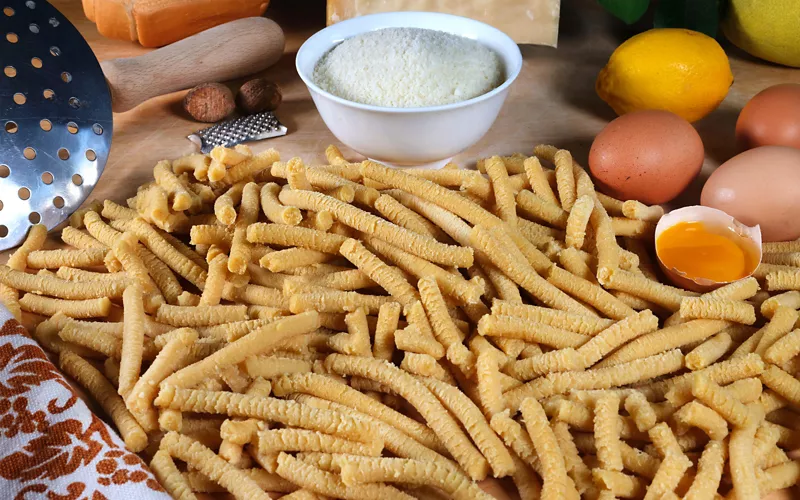
Urbino's culinary tradition is based above all on the products of the land, and you cannot start a meal in Urbino without a platter of cheeses and cold cuts such as Casciotta PDO of Urbino and Prosciutto PDO of Carpegna. These are also the two absolute protagonists of puffed crescia, a distant relative of the piadina romagnola with a history dating back to the dukes.
Like other areas of Marche, pasta is never missing from the tables of the people of Urbino. Passatelli, fresh pasta also mixed with parmesan and breadcrumbs, are often served in broth, but we suggest a dry version topped with truffle.
Those with a sweet tooth might want to try Bostrengo, a Christmas cake with the look of the Tuscan panforte. Rice, bread soaked in milk, white flour and maize flour are mixed with apples, pears, walnuts, sultanas and cocoa in an explosion of flavours that will surprise you!

